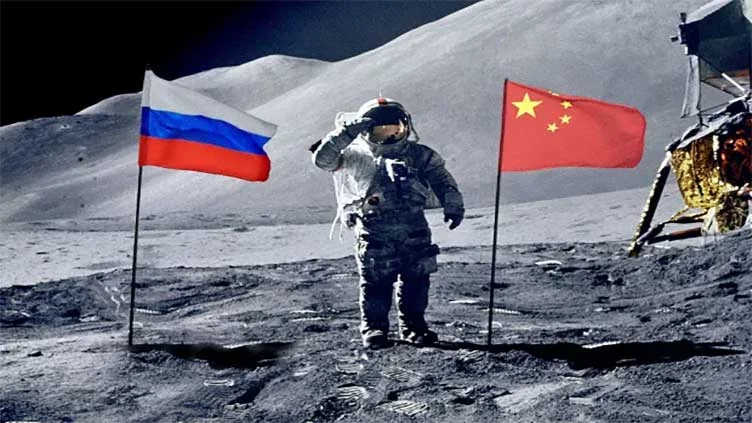
China and Russia Partner to Build Lunar Nuclear Power Station, Challenging US Space Ambitions
The race to conquer the cosmos is heating up! China and Russia have announced ambitious plans to construct a nuclear power station on the moon by 2035. This groundbreaking project, aimed at powering the International Lunar Research Station (ILRS), positions the two nations as serious contenders in lunar exploration, potentially rivaling NASA's Artemis program.
The Roscosmos, Russia's space agency, and the China National Space Administration (CNSA) solidified their collaboration with a memorandum of cooperation earlier this month. This agreement signals a significant step towards establishing a permanent lunar base capable of long-term scientific research and exploration.

The ILRS, envisioned as a competitor to the US-led Artemis program and its planned "Gateway" orbital lunar space station, aims to conduct fundamental space research and test technologies crucial for sustained lunar operations. What makes the Sino-Russian approach particularly noteworthy is its reliance on a nuclear reactor to generate power, providing a potentially more robust and long-lasting energy source compared to solar or other alternatives.
Yuri Borisov, the head of Roscosmos, previously mentioned the development of a nuclear-powered cargo spaceship, highlighting Russia's investment in nuclear technology for space applications. According to Roscosmos, more than a dozen nations are now involved in this landmark project.
While the ILRS represents a significant leap in space exploration, it also raises questions about lunar resource ownership. The moon is believed to possess valuable materials, including metal oxides, rare Earth metals, and potentially substantial amounts of helium-3, a potential fuel source for nuclear fusion. The legal implications of exploiting these resources are currently a topic of debate among experts.
China's lunar ambitions have been on the rise in recent years. Notable achievements include landing unmanned rovers on the moon since 2013 and successfully collecting samples from the far side of the moon in June 2024. These milestones underscore China's commitment to becoming a leading force in space exploration and scientific discovery.
The development of a nuclear power station on the moon by China and Russia marks a pivotal moment in the ongoing space race. Will it reshape the landscape of lunar exploration and challenge the dominance of existing space programs? What are your thoughts on this ambitious endeavor? Share your opinions in the comments below!